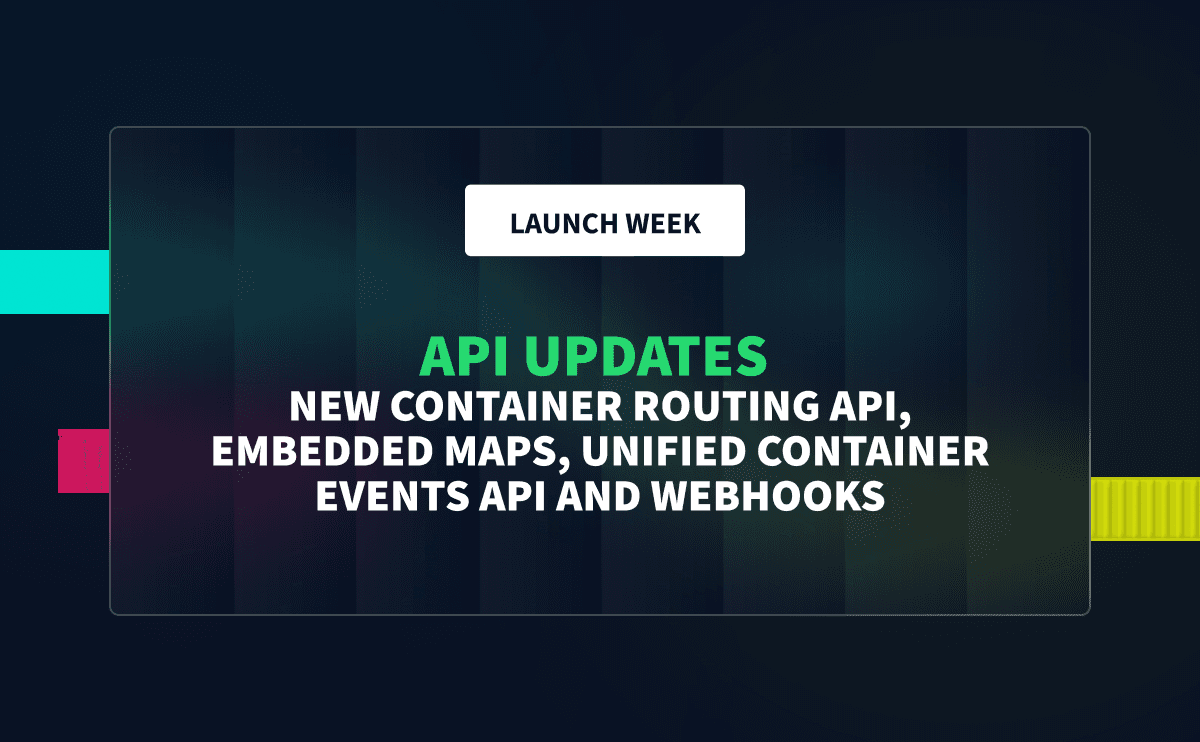Chinese New Year & the Beijing Olympics have Slowed Manufacturing and will Impact Ocean Traffic over the next Several Weeks
Delivery firm DHL projected an 80% drop in the volume of China-U.S. freight during the first week of the Chinese New Year. Production at manufacturing facilities came to a complete stop for the holiday and most plants will operate at reduced rates in the weeks that follow. Add to this capacity issues from power shortages, worker downtime due to the pandemic, and the Beijing Olympics – and you get a massive reduction in manufacturing (and transportation) that will impact the supply chain. The snap back in production that will be needed to make up for February’s shortfall is expected to create a new cargo ship traffic jam on the high seas.
Perhaps some slack in the ocean supply chain is a good thing? Perhaps it will give US ports time to clear their backlogs? Today, the largest ports in the United States have more than 90,000 containers sitting on their docks. Almost half of these containers linger for up to 2 weeks before they’re picked up by truck or rail. It’s all part of the rollercoaster ride of the past two years, where U.S. imports from China have spiked by 30%, and the supply chain has struggled to keep up.
In these “feast or famine” environments, shippers need data & analytics more than ever. Everyone knows that another major bottleneck is coming – so now is the time to plan for the next wave of supply chain delays.
Terminal49 is a powerful software platform that brings visibility to the supply chain. It gathers and consolidates more than 97% of all global container traffic. Terminal49 provides status updates from all major steamship lines and every major port & terminal in the USA and Canada. The software organizes a shipper’s relevant data into a single dashboard that can integrate into any container tracking system, making it easy to identify where containers are on the ocean, regardless of which vessel they’re traveling on.
Shipping delays on the ocean create expensive ripple effects. The inability to synchronize truck (and rail) pickup for containers brings added costs. But solutions like Terminal49 notify shippers of any changes to a container’s ETA. It lets them know if a ship carrying their containers has to anchor at sea for days before it can be unloaded. The software alerts shippers to any customs’ holds that might delay offloading. This information helps customers synchronize the next links in the supply chain, resulting in quicker deliveries and a better bottom line via reduced demurrage & per diem charges.
Eventually, the global supply chain will find its equilibrium. But that does not appear to be the case for the next couple of months. Shippers should prepare for the next wave of ocean freight bottlenecks, and Terminal49 is the smartest and easiest way to do this. To learn more, visit https://app.terminal49.com/register.





